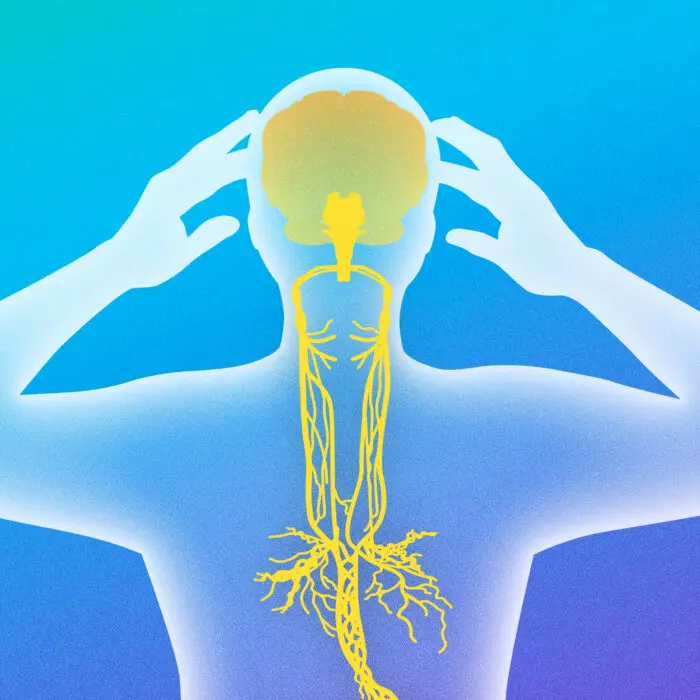A young autistic boy struggled with severe anger outbursts and had difficulty regulating and expressing himself.
Karlien Balt, a neuroscientist, used sensory stimulation items, such as a weighted blanket, swing, and hammock, to successfully soothe his nervous system.
Autistic Nervous System
“The autistic nervous system is a vulnerable and sensitive thing,” Megan Neff, a psychologist specializing in autism and attention-deficit/hyperactivity disorder (ADHD) with a doctorate in clinical psychology, told The Epoch Times.“When I’m working with my neurodivergent clients, part of what I do is help them understand what’s going on in their nervous system.”
Neurodivergent people are those whose brain processes operate differently from what is typically expected and includes those with conditions such as autism and ADHD.
When the nervous system is in balance, one is within what’s called the window of tolerance. In this state, the mind and body can effectively respond to stress, remain calm and present, and recover quickly from challenges.
Stimulation of the vagus nerve increases oxytocin levels. Oxytocin is the hormone associated with love and bonding.
Expand the Window of Tolerance
To expand the window of tolerance, one must first understand it.Sensory Stimulation
People with autism often face sensory processing challenges linked to impaired sensory gating. Sensory gating enables the nervous system to stay within the window of tolerance. It refers to the brain’s ability to filter and prioritize sensory input, allowing us to focus on relevant stimuli while ignoring unnecessary or distracting ones.When sensory gating is impaired, it can lead to heightened sensitivity to sounds, lights, or touch, a narrowing of the window of tolerance.
“Think of sensory gating like a farm gate,” Balt said. “Normally, the gate lets some stimuli in and keeps others out. But for someone with sensory overload and an overly sympathetic nervous system, the gate is broken; it stands wide open, letting in everything at once. They can’t distinguish what’s important and what’s not, leaving them severely overwhelmed.”
Sensory stimulation techniques can help. For example, specific sensations, such as brushing or using a weighted toy or blanket, give the brain something concrete to focus on, which can cancel out other overwhelming sensory noises. In a classroom setting, a weighted toy on a child’s lap can help the child feel calmer and prevent sensory overload, Balt said.
Massage is another effective way to boost vagal tone. Human contact is essential to our well-being, yet many of us go through life touch-starved. Mindful, intentional touch not only stimulates the vagus nerve but also increases oxytocin. While receiving a massage from someone else can be beneficial, Neff said there are also simple techniques for self-massage.
Movement
Vigorous movement (such as taking long walks or going for runs), weightlifting, and somatic movement are all great options for increasing vagal tone, Neff said. Weightlifting has the added benefit of putting deep pressure on the joints, which many neurodivergent people find relaxing.The Results
After incorporating more movement and sensory stimulation into the young autistic boy’s routine, along with co-regulation practices with his parents, his symptoms began to improve, according to Balt.The boy’s handwriting and reading skills improved, his outbursts became less frequent, his overall mood brightened, and he began making better food choices as textures bothered him less. Even his sleep improved with the help of a weighted toy.
“When we learn about our nervous systems, we can begin taking our power back,” Neff said. “We learn the reasons why our nervous systems behave the way they do so that we can learn how to influence and regulate them.”










